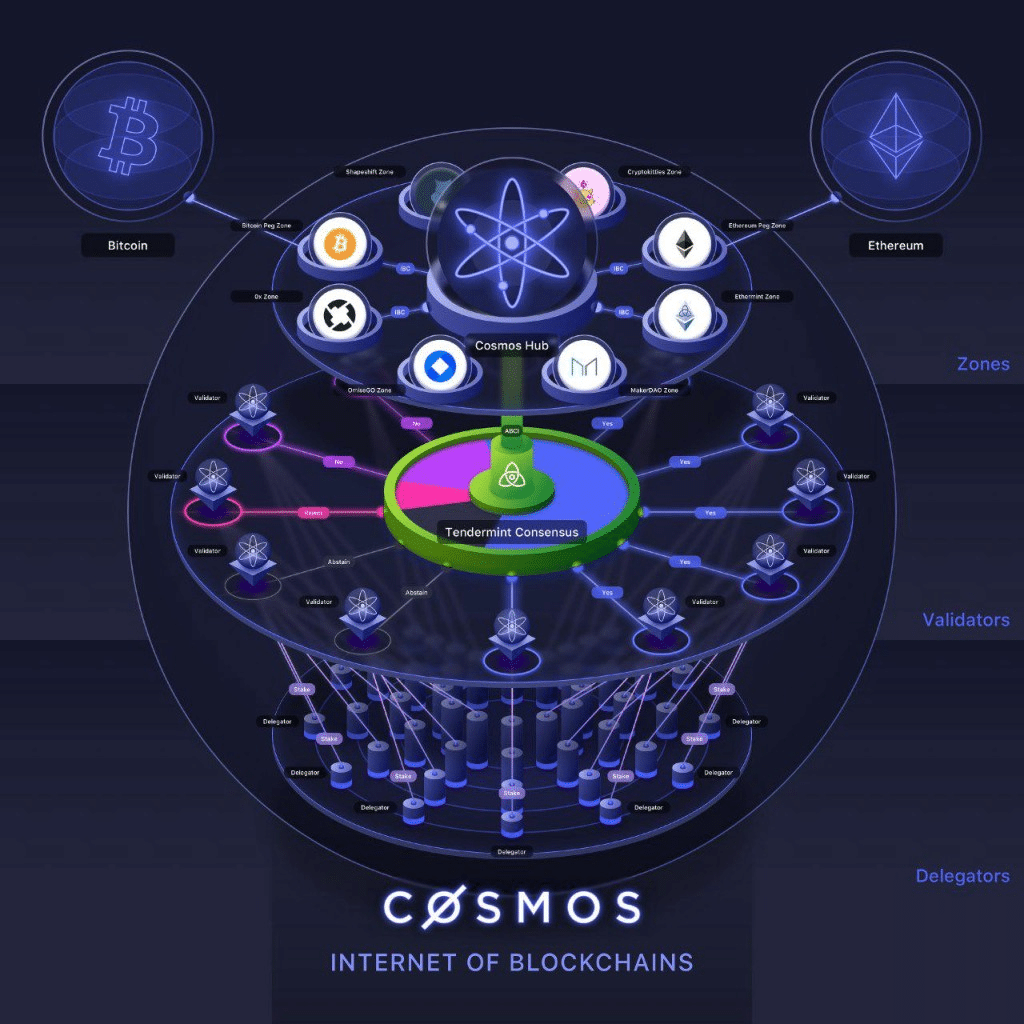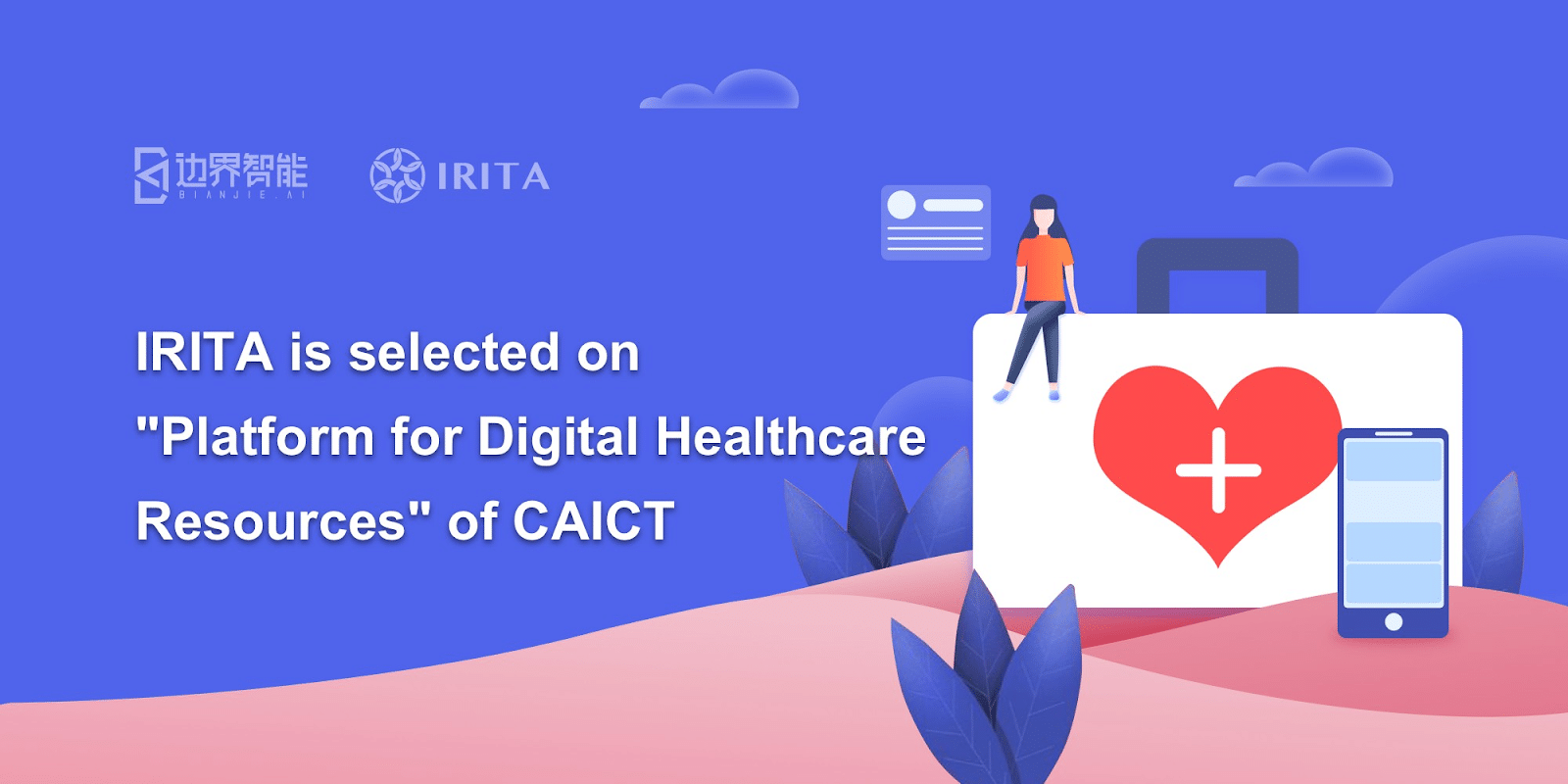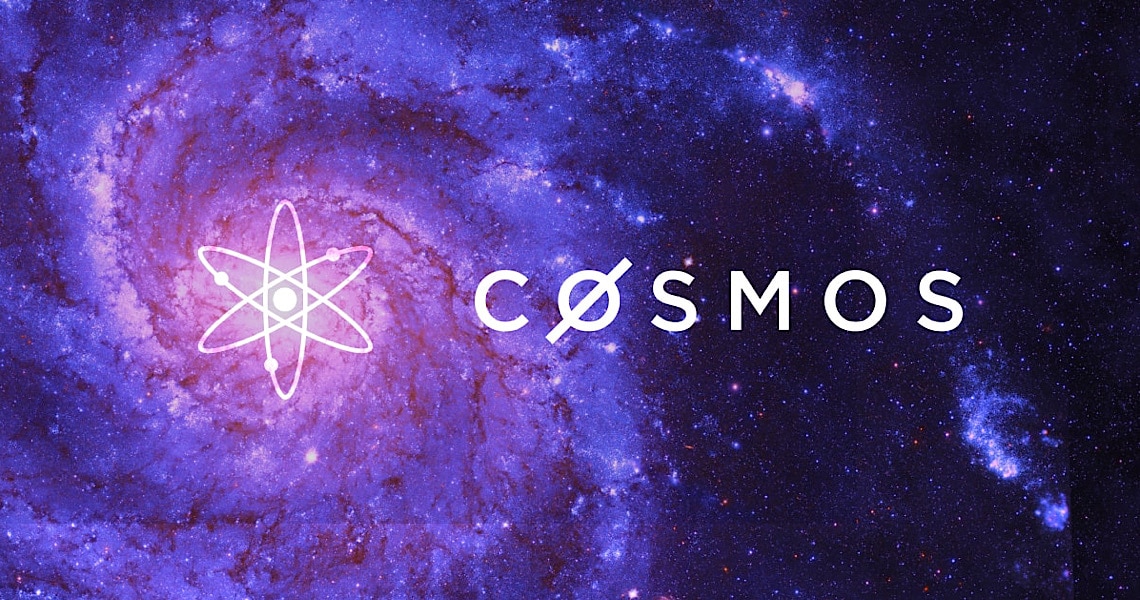IRISnet is a service-oriented platform that aims to enable small and medium enterprises to provide their services on an open network based on the interoperability offered by Cosmos Network.
Cosmos Network: hubs and zones
Cosmos Network is a protocol that allows connecting heterogeneous blockchains (its direct competitor is in fact Polkadot). The network is divided into “hubs” and “zones”: the zones, i.e. the different blockchains, connect to the hubs acting as central ledgers for each of the individual chains, which can thus exchange tokens in a trustless way.
The different blockchains do not have to connect directly and rely on each other to exchange messages, because they only communicate directly with the hubs. This avoids blockchains having to rely exponentially on the validators of all previous blockchains when a token is moved from one chain to another.
Hubs are managed in a decentralized manner by validators in the network, which works with the Proof of Stake Tendermint protocol, and receive ATOM tokens staked by user delegation.
There are also peg zones that connect zones to public PoW-based blockchains such as Bitcoin or Ethereum, which have no instant validation. This means that these blockchains have to wait for a certain number of blocks before a transaction can be considered valid. Peg zones impose a “validation threshold” through the requirement of an arbitrary number of blocks for each transaction to achieve a sufficient validation, as in a 2-way peg. In this way, the value of a token can be transferred between sovereign chains in a trustless way.
The next step for the Cosmos ecosystem is the implementation of the IBC (Inter Blockchain Communication) protocol to allow communication between all the individual blockchains that have an immediate validation, creating a series of interconnected zones and hubs that share a common system architecture. The IBC demo was released last week and is very promising.

Kava, a project that aims to bring DeFi to Cosmos, is successfully testing peg zones for Ripple (XRP) and Binance Coin (BNB) on its testnet in order to generate USDX through its CDPs. (Kava’s team is also active on the oracle front having just integrated Chainlink and Band Protocol).
A curious thing about the Cosmos native token, ATOM: it is used to provide security to the network through staking using a PoS model to pay network fees in the Cosmos Hub, but it is not necessary in the various areas where fees can be paid in the currencies of the other blockchains.
IRISnet
IRISnet takes advantage of the potential of the blockchains of Cosmos to provide enterprises with an extended set of functions, delivering a service-oriented infrastructure and integration with the IPFS protocol and offering interoperability with the different blockchains.
The most important part of the network is the IRIS hub, which connects the different zones communicating with the rest of the Cosmos network. IRIS Services, also known as iServices, allow distributed business services to be available on the internet of blockchains. All zones connected to the proposed IRIS hub are thus able to interact with any other zone of the Cosmos network through the IBC protocol mentioned above.
In a view according to which companies prefer to keep their IT systems and do most of the computing off-chain, IRISnet offers companies a bridge to the blockchain with an on-boarding of off-chain functions for the integration of business logic. The IRISnet layer also acts as an adapter between proprietary blockchains, legacy business systems and the IRIS hub.
IRITA is the first IRISnet blockchain product in the Cosmos ecosystem, with a range of features such as flexible digital asset modelling, on/off-chain interoperability and data access authorization for privacy protection. IRITA can be used to create next-generation distributed enterprise applications for various scenarios such as supply chain financing, digital asset exchange and health data sharing, etc.
IRITA Healthcare is an IRITA-based solution that supports the exchange and analysis of health data while respecting privacy. Recently, IRITA Healthcare was selected together with another project as the Platform for Digital Healthcare Resources of the China Academy of Information and Communication Technology (CAICT).
This platform aims to support healthcare professionals and the Chinese healthcare system by improving the flow and support of information in the prevention of the Coronavirus epidemic, as well as improving the Chinese digital healthcare system in general.

IRISnet has also been certified by the Chinese government as a nationally-renowned high-tech enterprise and has won numerous technology awards.
IRISnet is well-positioned in China as a preferred product to support enterprises and organizations in China towards the adoption of blockchain technology. Its strong ties with Chinese politics could have a strong network effect and reach 1.4 billion people with its infrastructure.
The official Rainbow.one wallet has just been released and the IRIS token was listed on Bittrex this week.




